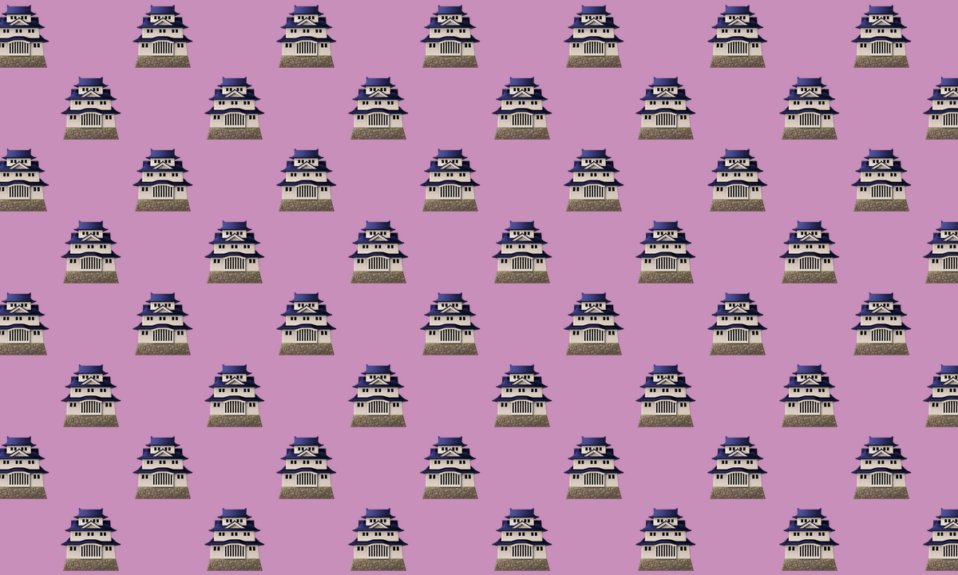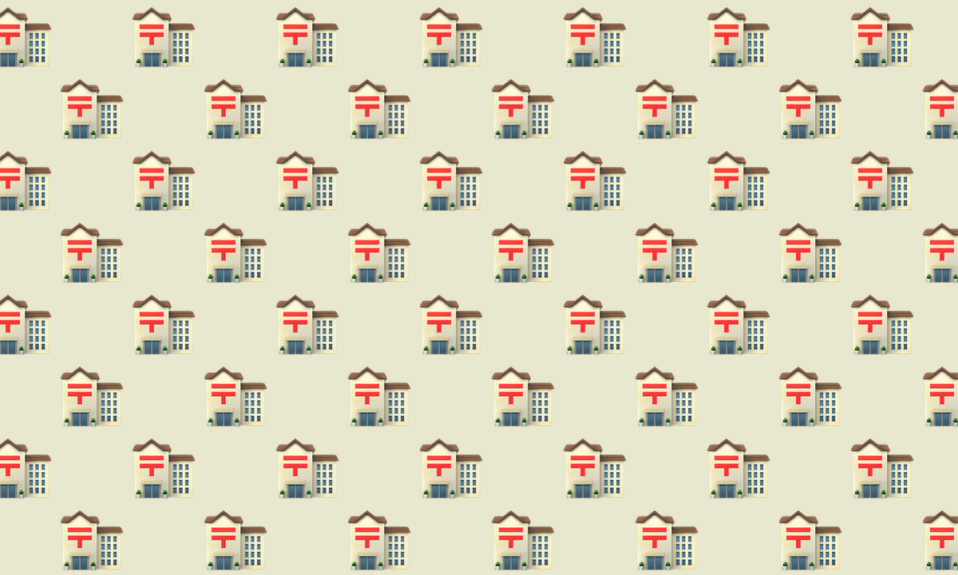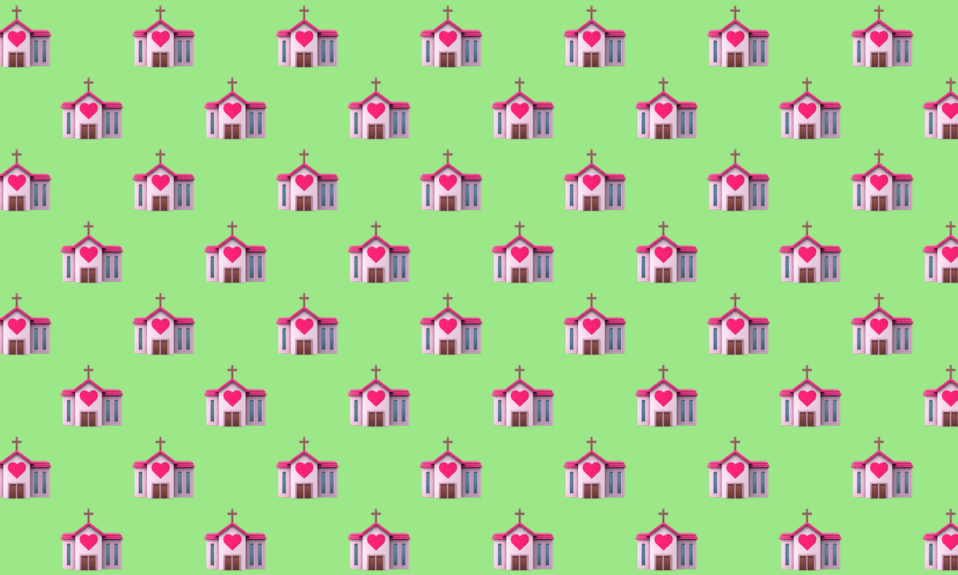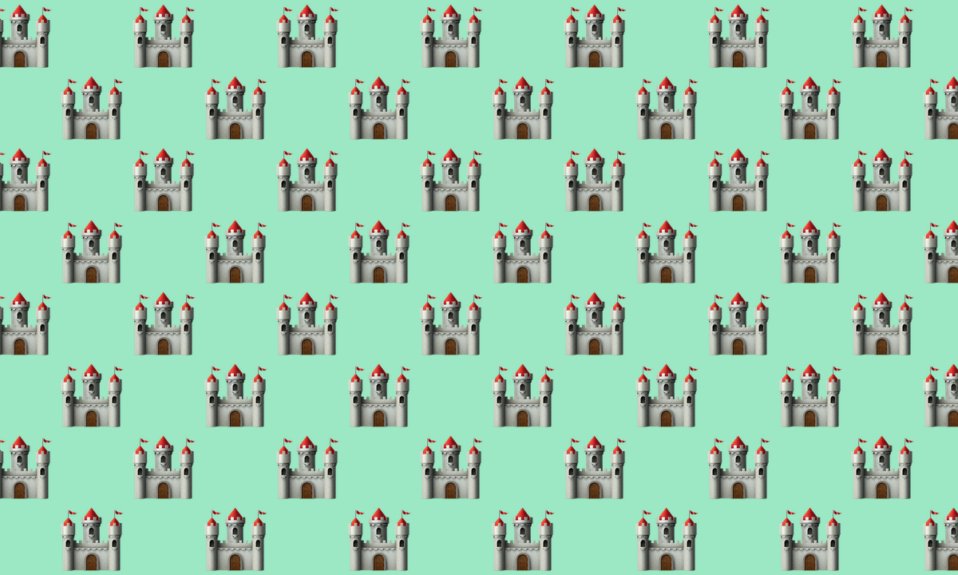What Does 🏯 Japanese Castle Emoji Mean?
The 🏯 Japanese castle emoji is a representation of a traditional Japanese castle, complete with towers and a moat. It is often used to symbolize Japan or Japanese culture. Here are some possible meanings and uses of the 🏯 Japanese castle emoji:
-
Representation of Japan: The 🏯 Japanese castle emoji is commonly used to represent Japan or Japanese culture. It can be used to indicate a connection to Japan or to express an interest in Japanese history, architecture, or traditions.
- “I’m planning a trip to Japan next year! Can’t wait to see the beautiful 🏯 castles.”
- “Just finished reading a book about Japanese history. The 🏯 castles were so fascinating!”
-
Historical Significance: Japanese castles have a rich history and are often associated with feudal Japan. The 🏯 Japanese castle emoji can be used to symbolize the historical significance of these structures and to express an appreciation for Japan’s past.
- “Studying the history of Japanese castles has been so interesting! 🏯”
- “I love learning about the samurai who lived in the 🏯 castles.”
-
Architecture and Landmarks: The 🏯 Japanese castle emoji can also be used to represent architectural landmarks or to highlight the beauty of traditional Japanese architecture.
- “The 🏯 castles in Kyoto are absolutely stunning!”
- “I’m in awe of the intricate design and craftsmanship of Japanese 🏯 castles.”
-
Fantasy and Imagination: In some cases, the 🏯 Japanese castle emoji can be used in a fantasy or imaginative context. It can evoke a sense of wonder, magic, or adventure.
- “Imagining myself as a princess in a beautiful 🏯 castle.”
- “Playing a video game set in a medieval 🏯 castle.”
-
Travel and Tourism: The 🏯 Japanese castle emoji can also be used to represent travel or to indicate a desire to visit Japan and explore its historical landmarks.
- “Dreaming of visiting Japan and seeing the breathtaking 🏯 castles.”
- “Planning my itinerary for my trip to Japan. Can’t wait to see the 🏯 castles!”
Remember, the meaning of the 🏯 Japanese castle emoji can vary depending on the context and the person using it. It’s always best to consider the overall conversation and any additional context provided to better understand its intended meaning. You can also find more emojis related to travel and landmarks on our website, such as the ✈️ airplane emoji or the 🗼 Tokyo Tower emoji.
🏯 Japanese Castle Design



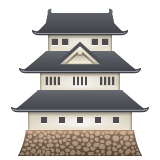
🏯 Japanese Castle Emoji Meaning From A Girl?
When a girl uses the 🏯 Japanese castle emoji, it typically indicates one of the following meanings:
-
Fascination with Japanese culture: The 🏯 Japanese castle emoji represents a traditional Japanese castle, which is an important symbol of Japanese history and culture. When a girl uses this emoji, she may be expressing her interest or admiration for Japanese culture, traditions, or architecture.
-
Travel memories or aspirations: Girls who love to travel may use the 🏯 Japanese castle emoji to reminisce about a trip to Japan or to express their desire to visit Japan in the future. It could symbolize their love for exploring new places and experiencing different cultures.
-
Fantasy and imagination: The 🏯 Japanese castle emoji can also be associated with fairy tales, fantasy stories, or role-playing games. It may indicate that the girl has a vivid imagination and enjoys immersing herself in imaginary worlds.
When navigating a conversation where a girl has used the 🏯 Japanese castle emoji, here are some tips on how to reply:
-
Acknowledge her interest: If you know that the girl is interested in Japanese culture or has mentioned her desire to visit Japan, you can respond by showing your support or sharing your own experiences related to Japan.
-
Ask about her travel plans: If the girl mentioned her desire to visit Japan, you can ask her about her travel plans or share recommendations for places to visit, including other historical landmarks or cultural sites.
-
Share your own interests: If you have a similar interest in Japanese culture or have visited Japan yourself, you can share your own experiences or recommendations to continue the conversation and find common ground.
-
Express curiosity: If you’re not familiar with Japanese culture or the significance of Japanese castles, you can ask the girl to share more about her interest and why she chose to use the 🏯 emoji.
-
Be respectful: It’s important to approach the conversation with respect and genuine interest. Avoid making assumptions or generalizations about Japanese culture and instead, be open-minded and eager to learn.
Examples of how girls typically use the 🏯 emoji over text:
-
“Just booked my flight to Japan! Can’t wait to explore the beautiful 🏯 castles.”
-
“Watching this anime reminds me of visiting Matsumoto Castle in Japan. It was such an incredible experience! 🏯”
-
“Feeling like a princess in my pink-themed room. It’s my own little 🏯 castle! 💕“
-
“Let’s plan a trip to Kyoto next year! I want to see the cherry blossoms in full bloom and visit historic 🏯 castles!”
Remember, the meaning of the 🏯 emoji can vary depending on the context and the person using it. It’s always best to consider the overall conversation and any additional context provided to better understand its intended meaning.
🏯 Japanese Castle Emoji Meaning From A Guy?
When a guy uses the 🏯 Japanese castle emoji, it can have similar meanings to when a girl uses it. Here are some possible interpretations of the 🏯 Japanese castle emoji from a guy’s perspective:
-
Fascination with Japanese culture: Just like girls, guys may use the 🏯 Japanese castle emoji to express their interest or admiration for Japanese culture, traditions, or architecture. It could be their way of showing appreciation for Japan’s rich history and heritage.
-
Travel memories or aspirations: Guys who have visited Japan or have a desire to visit may use the 🏯 emoji to reminisce about their trip or express their excitement about future travel plans. It could symbolize their love for exploring new places and immersing themselves in different cultures.
-
Fantasy and imagination: The 🏯 Japanese castle emoji can also be used by guys in a whimsical or imaginative context. It might indicate their love for fantasy stories, video games, or role-playing. They may see themselves as knights or warriors in a medieval setting.
-
Symbol of strength and resilience: Japanese castles were historically used as fortresses and military residences. Guys may use the 🏯 emoji to symbolize strength, resilience, or the ability to overcome challenges. It could represent their determination and perseverance.
-
Indirect flirting or hinting: In some cases, guys might use the 🏯 emoji as a subtle way of flirting or hinting at something romantic. It could be their way of saying they see the girl as a princess or that they want to create a special and enchanting atmosphere.
While the meanings of the 🏯 emoji can be similar for both guys and girls, guys may use it differently based on their own interests and intentions. It’s important to consider the context and the guy’s personality when trying to understand the intended meaning.
When replying to the 🏯 emoji from a guy, here are a few tips:
-
Engage in conversation: Show your interest and curiosity about his fascination with Japanese culture or his travel experiences. Ask questions and encourage him to share more about his interests and adventures.
-
Share your own experiences: If you have a similar interest in Japanese culture or have visited Japan yourself, share your own experiences or recommendations. This can help build a connection and keep the conversation flowing.
-
Appreciate his creativity: If the guy uses the 🏯 emoji in a whimsical or imaginative way, appreciate his creativity and play along. Respond with enthusiasm and show that you enjoy his imaginative side.
-
Flirt back (if interested): If you’re interested in the guy and he uses the 🏯 emoji as a form of indirect flirting, you can respond with playful banter or flirtation of your own. Keep the conversation light and fun.
Examples of how guys might use the 🏯 emoji over text:
-
“Just finished watching an epic samurai movie marathon! Feeling like a warrior in a 🏯 castle.”
-
“Planning my dream trip to Japan. Can’t wait to explore the beautiful 🏯 castles and immerse myself in Japanese culture.”
-
“Playing this new video game set in a medieval 🏯 castle. It’s like stepping into a fantasy world!”
-
“Remember when we visited that ancient 🏯 castle? It was such an adventure. Let’s plan another trip soon.”
-
“You deserve to be treated like royalty. Let’s go on a romantic date to a beautiful 🏯 castle.”
Remember, individual interpretations of emojis may vary, and it’s essential to take into account the specific person’s communication style and the overall context of the conversation.
Does 🏯 Japanese Castle Emoji Have A Hidden Meaning?
The 🏯 Japanese castle emoji does not have a known NSFW or hidden meaning. It is typically used to represent a traditional Japanese castle or to symbolize Japan or Japanese culture. It is similar in usage to other emojis that represent buildings or landmarks, such as the 🗼 Tokyo Tower emoji or the 🏰 castle emoji. Without further information or definitions from Urban Dictionary, it is difficult to provide specific examples of how to use the “🏯 Japanese castle” emoji in different meanings. However, if you encounter this emoji being used in a slang context, it would be helpful to observe how others are using it and try to understand the intended meaning based on the surrounding conversation.
Looking For 🏯 Emoji Combos?
Click above to generate some slangs
Related Emojis
Related emojis
🏯Japanese Castle Emoji Codes
| Unicode Code Point(s) | 127983 |
| HTML Dec | 🏯 |
| Hex Code | 1F3EF |
| HTML Hex | 🏯 |
| CSS | 1F3EF |
| C, C++ & Python | u1F3EF |
| Java, JavaScript & JSON | u1F3EF |
| Perl | x{1F3EF} |
| PHP & Ruby | u{1F3EF} |
🏯Japanese Castle Emoji In Other Languages
| German | :japanisches_schloss: |
| Spanish/Castilian | :castillo_japonés: |
| French | :château_japonais: |
| Japanese | :城: |
| Korean | :일본_성: |
| Portuguese | :castelo_japonês: |
| Italian | :castello_giapponese: |
| Persian | :قلعهٔ_ژاپنی: |
| Indonesian/Malay | :kastel_jepang: |
| Mandarin | :日本城堡: |


